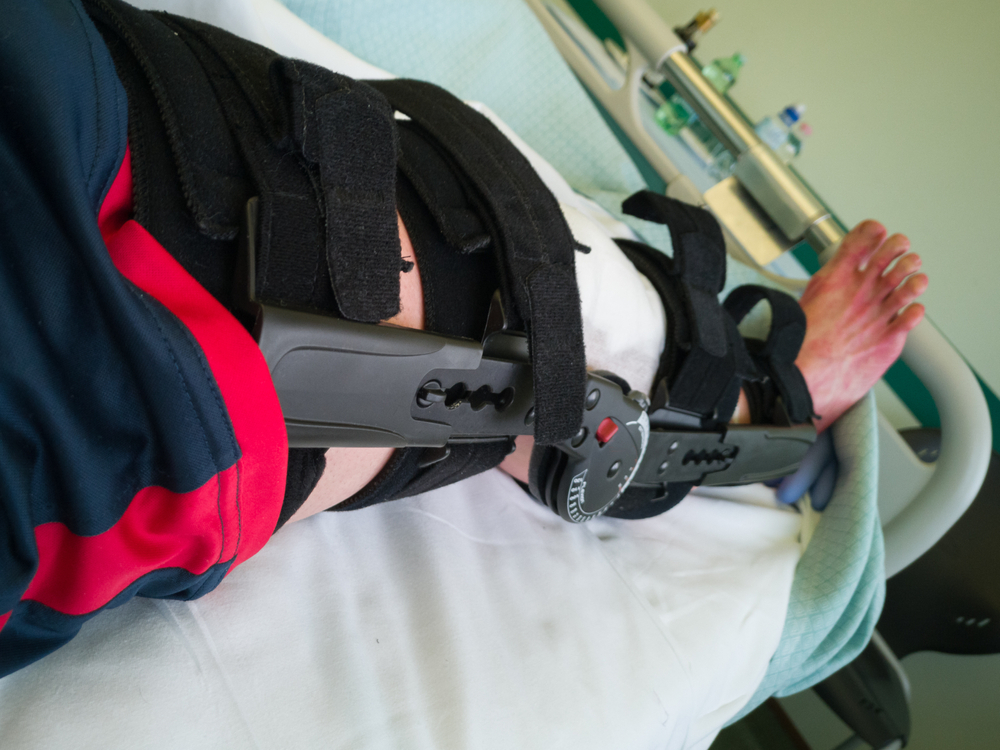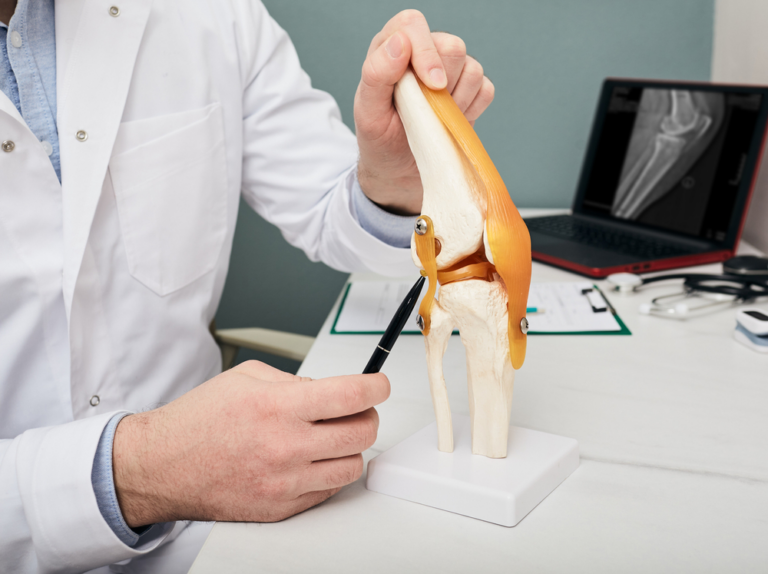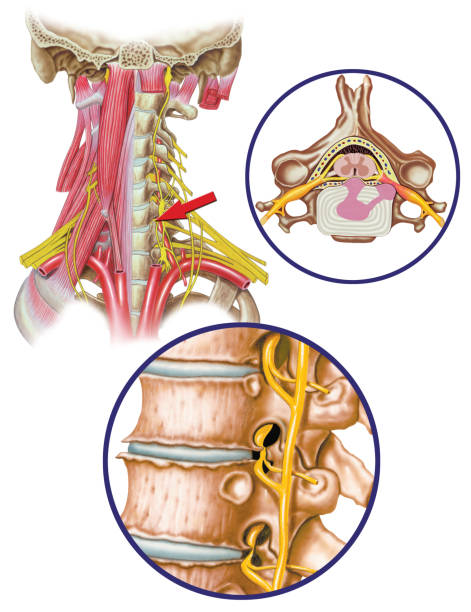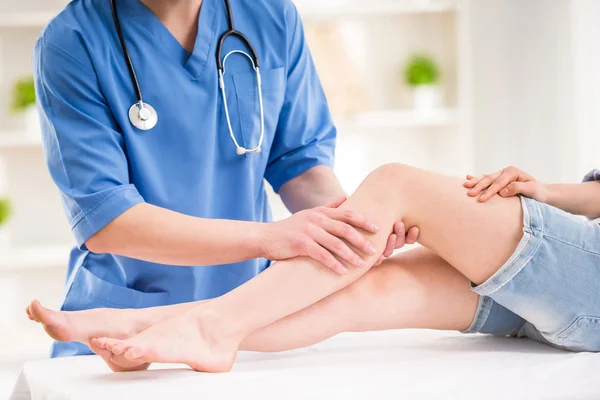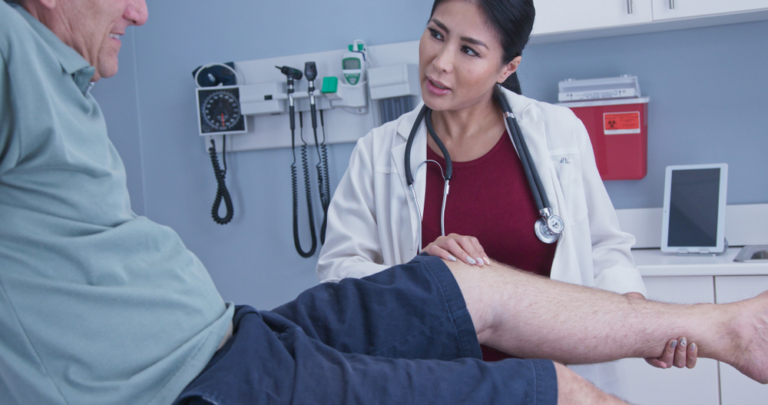Recovering From ACL Reconstruction: Tips for a Successful Rehabilitation
The Anterior Cruciate Ligament (ACL) is one of the major ligaments that aids in knee mobility and stability. Injury to this ligament takes months to years for the restoration of knee function. Different causes of ACL injury include trauma, rapid pivotal movements, deviation of the joint, etc. Following injury, a diagnosis is made, and depending on the severity of the damage, a treatment plan is drawn up. Recovering From ACL Reconstruction: Tips for a Successful Rehabilitation
The two approaches to ACL repair are the conservative approach and the surgical approach. The conservative approach is more effective with less damage (grade 1 or mild grade 2 sprain). Surgical management involves primary repair, ACL restoration with the BEAR® Implant, and ACL reconstruction.
Adjustments to Make Before an ACL Surgery
ACL injury results in a lot of changes to the lifestyle of the patient. Thus, the patient should consider possible difficulties or limitations such as:
- Work: Discuss with your surgeon on the possible duration of rehabilitation to be able to take time off work. This may vary depending on the physical demands of your job.
- Getting around your house: You may need to rearrange the house to make mobility easier and the house safer to use while recovering. It is also advisable to practice the use of crutches around the house before the surgery.
- Support in activities: It is also advisable to get extra help from family, friends, or caregivers. This is because the first few days after surgery may be too hectic, and the patient is yet to adjust to a new living schedule. This also allows for relaxation and prevents accidents that may arise.
- Sleeping: Try to be as comfortable as possible. It may be necessary to adjust your sleeping area until you have recovered sufficiently.
- Relaxation: Most patients fail to plan for what to do with their free time. This could be a pastime or developing a new talent. These activities help to take away the attention of the patient from the difficult and slow healing process of rehabilitation.
- Mobility: This is not limited to movement around the house but to follow-ups, appointments, and grocery shopping. Patients are not cleared to drive until several weeks after surgery.
- Post-operative therapy: Some patients may suffer from depression which may affect their outlook on life hindering the rehabilitation process. It is recommended for patients seek psychological support before and after surgery.
Anterior Cruciate Ligament Reconstruction Surgery
ACL surgery is currently performed through a minimally invasive technique (endoscopy). An arthroscope is used to visualize the inner structures of the knee and minimize disturbance to the surrounding healthy tissues. This procedure results in less scarring, pain, shorter recovery, and lower risk of infection.
Reconstruction surgery is indicated in athletes, adults with physically demanding jobs, patients with significant functional knee instability, and multiple injuries to structures like the menisci, articular cartilage, collateral ligaments, joint capsule, etc.
Reconstruction Surgery and Rehabilitation in ACL Injury
It can take up to a year to fully recover from anterior cruciate ligament (ACL) knee surgery. Depending on the type of surgical material used, stitches may be removed in about three weeks. In addition to wound care, physiotherapy, and rehabilitation is a very important part of the ACL surgery recovery process. This includes exercises, cryotherapy, massage, etc.
There are various rehabilitation procedures. However, the objective of all post-operative ACL rehabilitation techniques is to speed up the patient’s return to full and normal function without jeopardizing the stability of the surgically repaired knee. The recovery process is grouped into four stages. This is based on the duration post-surgery in weeks.
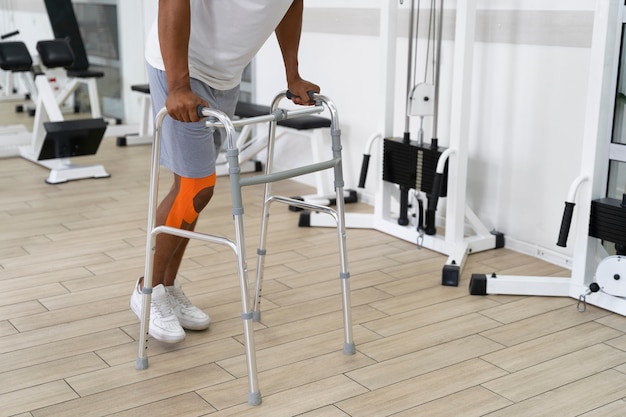
Week 1 to 2
The mainstay of the first few days after surgery is to manage the pain and ensure that there are no complications following the surgery. Depending on the doctor’s recommendation, the pain medications can range from over-the-counter painkillers such as ibuprofen or acetaminophen to opioids like morphine. The leg should be elevated at a minimum of a 45-degree angle using cushions or pillows for the first three to five days after surgery.
For four to five days following surgery, a low-grade fever (about 101 degrees Fahrenheit or 38.3 degrees Celsius) is typical. A longer or higher temperature should be reported to the doctor as quickly as possible.
Different exercises are structured for this recovery period. A range of motion of 0 to 90 degrees is expected about one week after the procedure. Most patients are urged to lift their legs on their own while lying on their backs during the first week following surgery. These are called straight leg raises. The exercise recommended during this period includes:
- Assisted knee flexion
- Quad sets
- Straight leg raises
- Calf raises
- Hip extension
- Hip abduction
Week 2 to 6
During this period, there is a significant decrease in pain and discomfort. The exercises recommended help to improve balance, strengthen the leg muscles, bend the knee, and improve walking. They are:
- Quarter squats
- Bridges
- Single-leg calf raises
- Step-ups
- Balance
Weeks 6 to 24
At this stage, the patient should be getting ready to return to non-strenuous activities. They are encouraged to begin activities such as straight-line jogging, cycling, and swimming. However, sports that would require turning, jumping, and other activities that would affect the knee are severely not recommended. In addition to the aforementioned exercises, the patient is advised to perfume lunges. Most sedentary workers and athletes with less physically tasking activities are cleared for work at this stage.
24 weeks and above
Contact sports athletes are cleared to return to activities during this period. They are cleared based on the following parameters:
- The patient must meet all the criteria for return to sports
- No soft tissue or range of motion complaints
- The physician must clear the patient to resume full activities
- The goal is a safe return to sports
- Education of patient about possible limitations
- Maintenance of strength, endurance, and proprioception
The patient needs to talk to the health service provider in advance to have a full understanding of the possible complications and delays which may happen sequel to an ACL reconstruction surgery. This will also help them plan for life after surgery, reducing the chances of failure.
The information provided in this blog is for educational purposes only and should not be considered as medical advice. It is not intended to replace professional medical consultation, diagnosis, or treatment. Always consult with a qualified healthcare provider before making any decisions regarding your health. Read more

